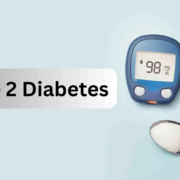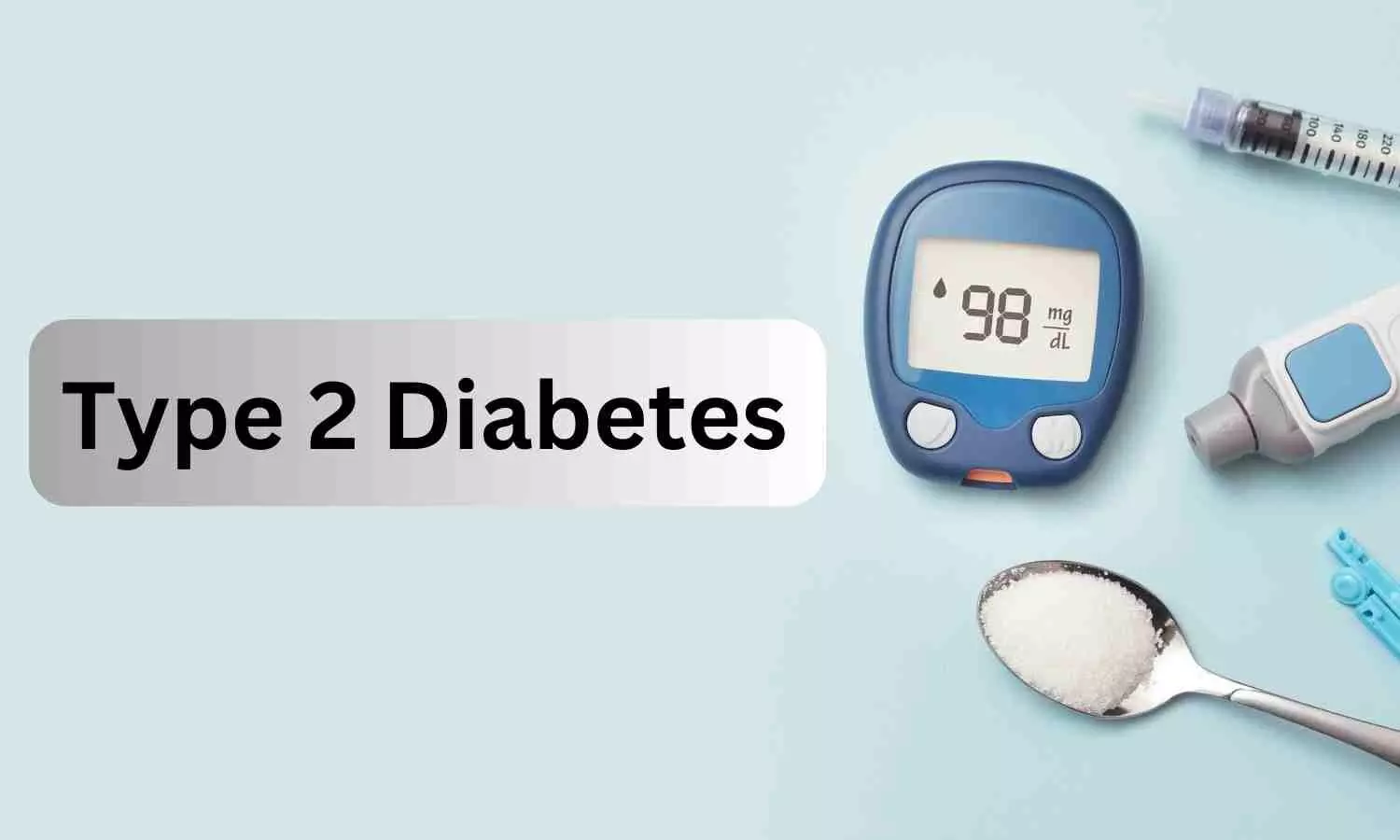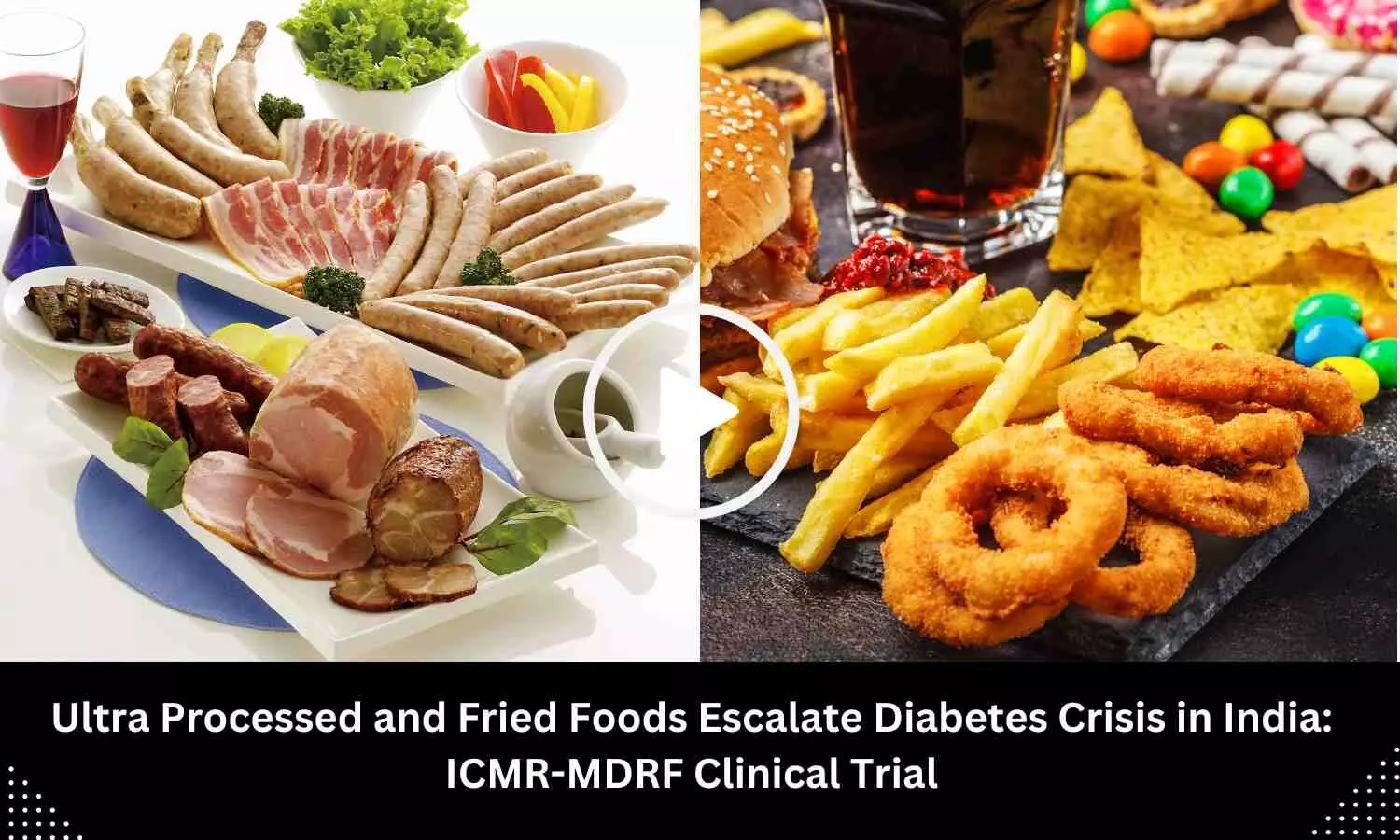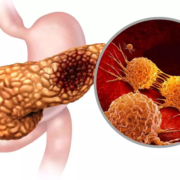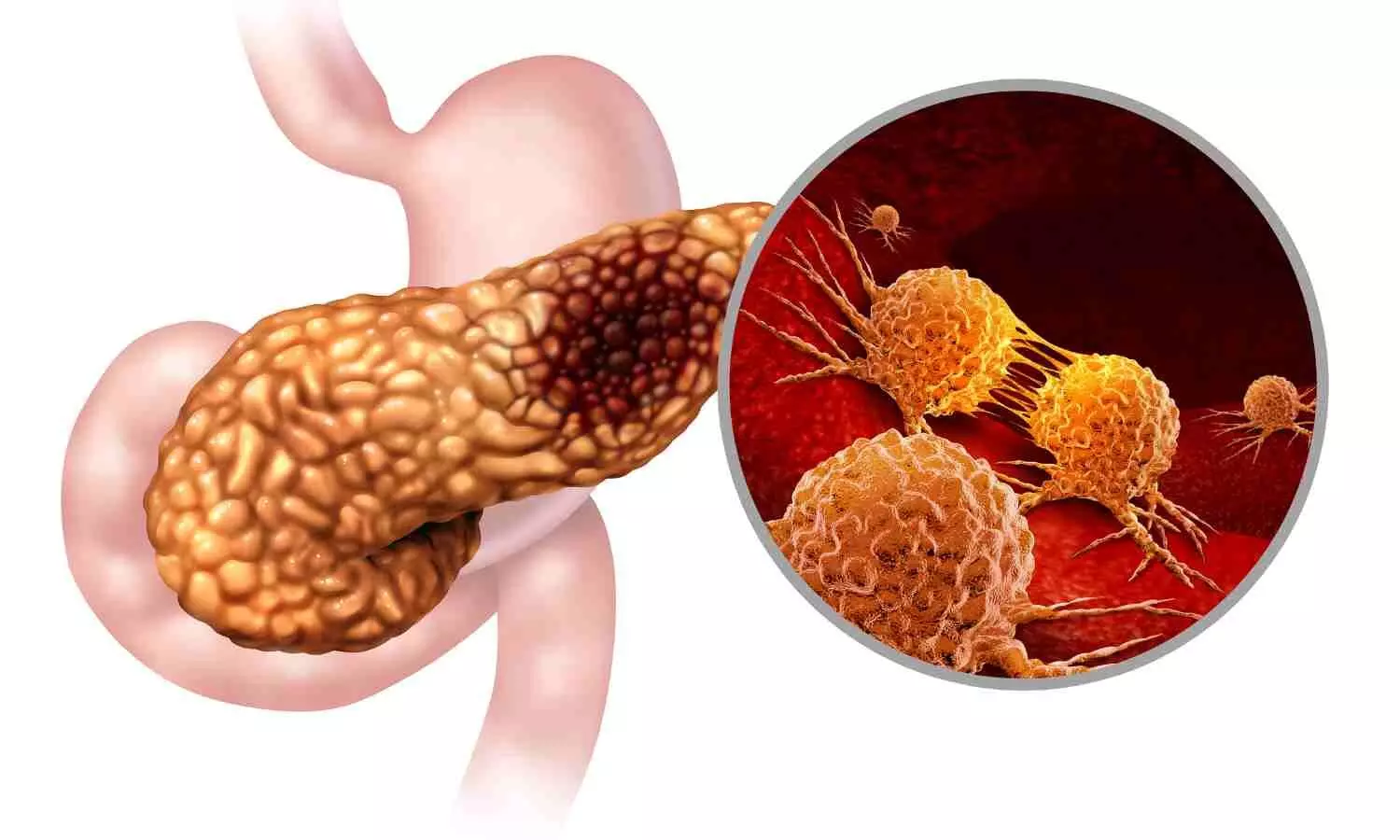
An Instagram post claims that 15 almonds are equivalent to 1 aspirin for headaches. This claim is MISLEADING.
Claim
In an Instagram post, it is claimed that 15 almonds are equivalent to 1 aspirin for headaches. The user health.wealth5 says that Studies show eating 15 almonds is equivalent to 1 aspirin for headaches. As per the user, Salicin and magnesium present in almonds are anti-inflammatory and relax blood vessels that take away most minor headaches. The post can be accessed here.
Fact Check
The claim made by Instagram user is MISLEADING.
What is a Headache?
Headaches are the most prevalent form of pain and a significant contributor to absences from work or school, as well as frequent medical consultations. When left untreated, headaches can intensify and severely impact daily functioning. The occurrence and severity of headaches can vary greatly. Some individuals may only experience them a few times per year, while others may endure them for over 15 days each month. Certain headaches can persist for weeks or recur frequently, with pain levels ranging from mild irritation to incapacitating. They are often accompanied by symptoms such as nausea, or heightened sensitivity to light and noise.
What are the causes of headache?
The Medical Dialogues Fact Check Team spoke with Dr. Rahul Chawla, MBBS, MD (General Medicine), DM (Neurology), Consultant Neurologist at IBS Hospital, New Delhi and he said, “Headaches can arise from various causes, ranging from lifestyle factors to underlying medical conditions. Common triggers include stress, dehydration, lack of sleep, and prolonged screen time. Factors like poor posture, skipped meals, or exposure to strong odors can also contribute. Medical causes such as sinus infections, high blood pressure, hormonal changes, or migraines are frequent culprits. In rare cases, serious conditions like brain tumors or aneurysms can lead to headaches. Understanding the root cause is essential for proper management, and it’s important to consult a doctor for persistent or severe headaches.”
What are the ways to manage headaches?
Dr. Sohet Gogia, Consultant, Neurosurgery, Neurosciences, Medanta Hospital, Gurugram explained “Managing headaches requires a comprehensive approach depending on the type and cause. Common strategies include using over-the-counter pain relievers, staying hydrated, and resting in a quiet environment. Stress management techniques like yoga or meditation, applying cold or warm compresses, and ensuring proper sleep can also provide relief. It’s important to avoid known dietary triggers and manage caffeine intake appropriately. Regular physical activity may help reduce headache frequency. For persistent or severe headaches, seeking medical advice from doctors is essential to ensure proper diagnosis and treatment options.”
What is Aspirin?
Aspirin is a type of medication that belongs to the group of drugs called NSAIDs (Nonsteroidal Anti-inflammatory Drugs) and non-opioid pain relievers. It works by blocking an enzyme called COX-1 and is commonly used to reduce pain, fever, inflammation, and migraines. It is also taken to lower the risk of serious heart problems like heart attacks and strokes. It is absorbed quickly from the gastrointestinal (GI) tract, though absorption via the rectal route is less consistent. Some absorption occurs through the skin.
Aspirin is available in oral tablets, oral capsules, and rectal suppository forms.
Aspirin is also an antiplatelet medication that helps prevent blood clots in vessels and also acts as an analgesic to relieve pain and inflammation. It may be used in combination with other antiplatelet drugs for enhanced efficacy but is not advised for patients with bleeding disorders.
Nutritional Benefits of almonds
Almonds (Prunus dulcis), part of the Rosaceae family, have long been valued for their rich nutrient content and are increasingly popular as a health food. Research on their composition has revealed a wealth of essential nutrients, including fatty acids, lipids, amino acids, proteins, carbohydrates, vitamins, minerals, and bioactive compounds. However, their nutritional quality is influenced by genetic and environmental factors, prompting further investigation into how these factors affect the nut’s composition. Additionally, recent research highlights their prebiotic properties, further enhancing their role in promoting overall health.
Are 15 almonds equivalent to 1 aspirin for headaches?
Almonds are a rich source of magnesium and contain small amounts of salicin which cannot cure headaches. Traditionally, they have been used in remedies to relieve headaches. However, there is no scientific evidence to support the claim that 15 almonds equivalent to 1 aspirin for headaches.
A study published in Nutrients highlights that almonds are packed with essential nutrients, including vitamin E, protein, mono-unsaturated fatty acids (MUFAs), polyunsaturated fatty acids (PUFAs), magnesium, potassium, and dietary fiber. Notably, almonds are an excellent source of magnesium, with 100 grams providing 270 mg of this mineral.
In a study published in the International Journal of Chemical and Biochemical Sciences observed that almonds have been traditionally used in remedies to alleviate headaches. They are especially valued for their effectiveness in treating cerebral conditions such as memory loss, headaches, and insomnia.
Another study by Anne R. Swain et. al. highlighted that almonds contain salicin, a compound also found in aspirin. However, the amount of salicin in almonds is relatively low, measuring just 3.0 mg.
Dr. Rahul Chawla responded to the claim and explained, “The idea that eating 15 almonds can match the effect of aspirin for headache relief is inaccurate. Almonds do contain a small amount of salicin, which is similar to aspirin’s active ingredient, but the amount is too minimal to offer any significant pain relief. Aspirin provides much more effective relief due to its higher concentration of the active compound. For effective headache treatment, it is recommended to use approved medications under the advice of a doctor. It is also important to understand the underlying cause of headache and treatment should be provided accordingly.”
Dr. Sohet Gogia further added, “The claim that 15 almonds can provide the same effect as aspirin for headache relief is not supported by scientific evidence. While almonds contain trace amounts of salicin, a compound similar to the active ingredient in aspirin, the quantity found in almonds is far too small to have any significant therapeutic effect. Consuming almonds won’t offer the same pain-relieving or anti-inflammatory benefits that aspirin provides. For effective treatment of headaches, it’s important to rely on proven medications and seek treatment from doctors.”
Medical Dialogues Final Take
Almonds have been traditionally used in remedies for managing headaches and are valued for addressing issues like memory loss and headaches. They are a rich source of magnesium and contain small amounts of salicin. However, there is no scientific evidence or medical consensus to support the claim that 15 almonds are equivalent to 1 aspirin for headaches.
Hence, the claim made by the user is MISLEADING.







